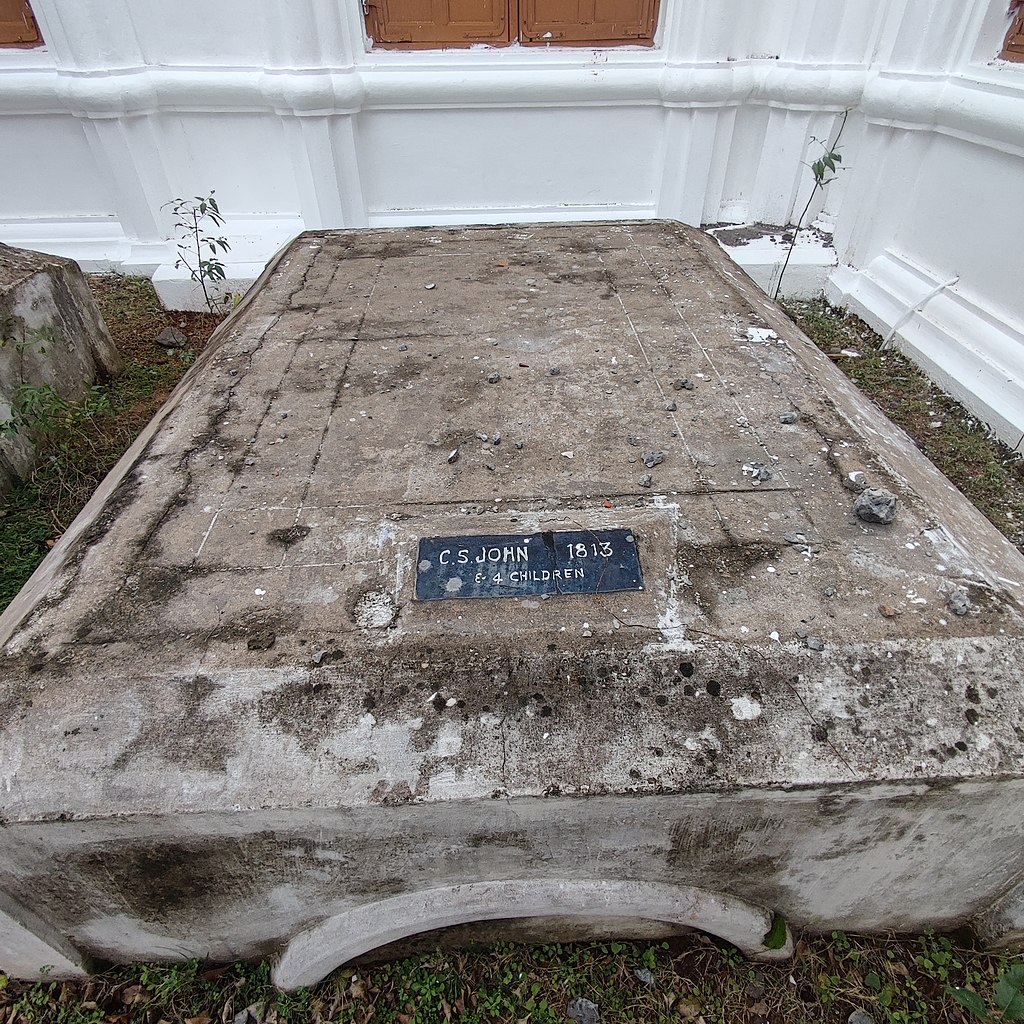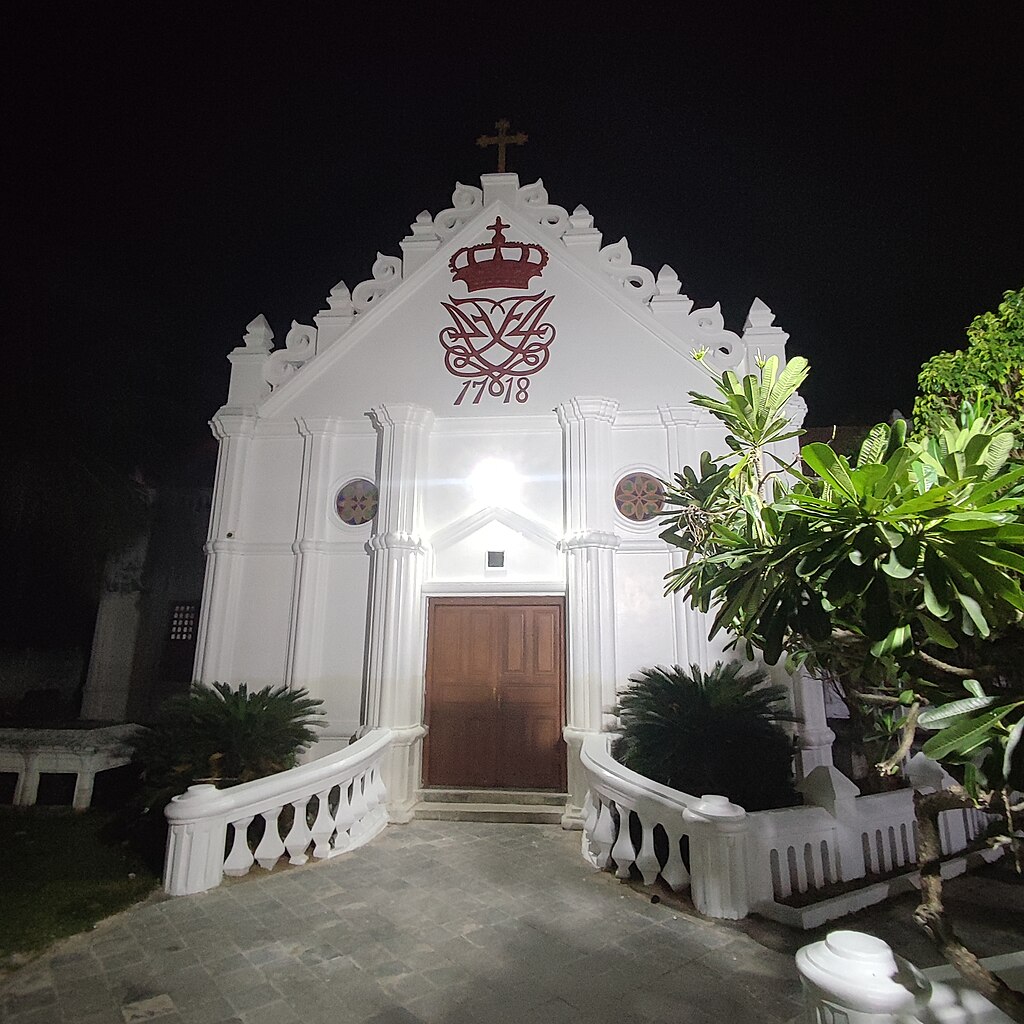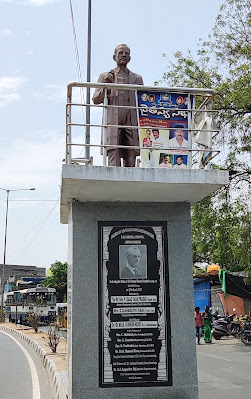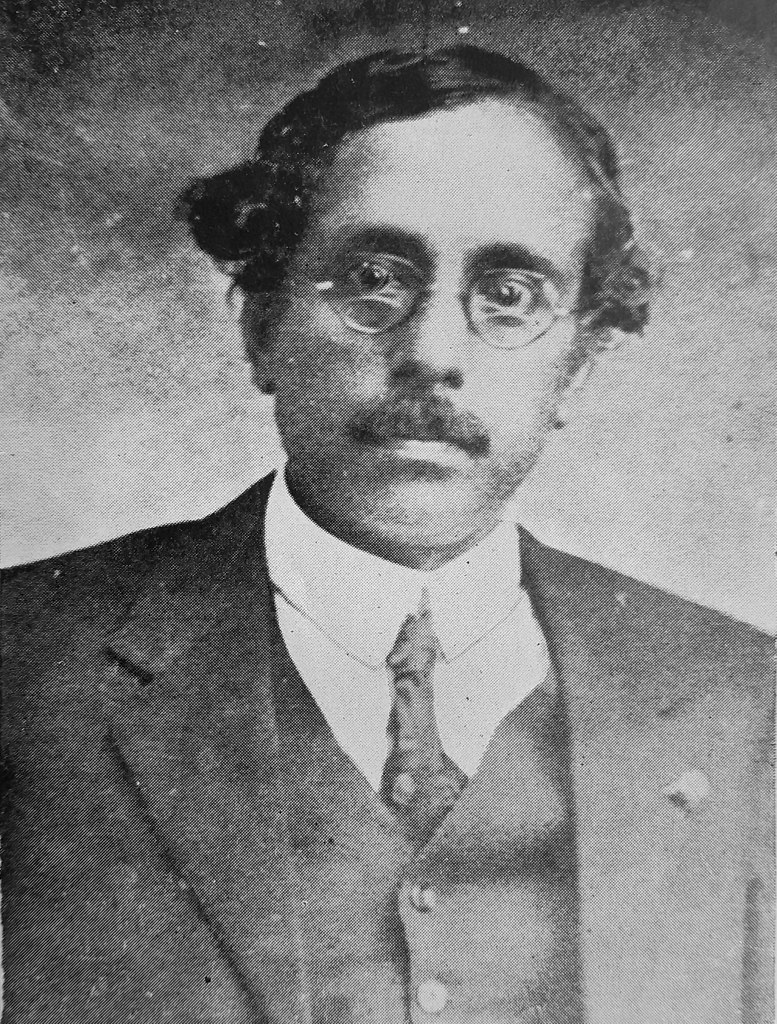idden away in the little Himalayan town of Mukteshwar is a fascinating bit of science history. Cattle and livestock really mattered a lot in the pre-engine past, especially for transport and power, on farms and in cities but also and especially for people in power. Hyder Ali and Tipu were famed and feared for their ability to move their guns rapidly, most famously, making use of bullocks, of the
breeds. The subsequent British conquerors saw the value and maintained large numbers of them, at the Commissariat farm in Hunsur for instance.
 |
The Commissariat Farm, Hunsur
Photo by Wiele & Klein, from: The Queen's Empire. A pictorial and descriptive record. Volume 2.
Cassell and Co. London (1899). [p. 261]
The original photo caption given below, while being racy, was most definitely inaccurate,
these were not maintained for beef :
BEEF FOR THE BRITISH ARMY.
It is said that the Turkish soldier will live and fight upon a handful of dates and a cup of water, the Greek upon a few olives and a pound of bread—an excellent thing for the commissariats of the two armies concerned, no doubt! But though Turk and Greek will be satisfied with this Spartan fare, the British soldier will not—not if he can help it, that is to say. Sometimes he cannot help it, and then it is only just to him to admit that he bears himself at a pinch as a soldier should, and is satisfied with what he can get. But what the British soldier wants is beef, and plenty of it : and he is a wise and provident commander who will contrive that his men shall get what they want. Here we see that the Indian Government has realised this truth. The picture represents the great Commissariat Farm at Hunsur in Mysore, where the shapely long-horned bullocks are kept for the use of the army. |
 |
Report of the cattle plague commission
led by J.H.B. Hallen (1871) |
|
|
Imagine the situation when cattle die off in their millions - the estimated deaths of cows and buffaloes in 1870 was 1 million. Around 1871, it rang alarm bells high enough to have a committee examining the situation. Britain had had a major "cattle plague" outbreak in 1865 and so the matter was not unknown to the public. The generic term for the mass deaths was "murrain", a rather old-fashioned word that refers to an epidemic disease in sheep and cattle derived from the French word
morine, or "pestilence," with roots in Latin
mori "to die." A commission headed by Staff Veterinary Surgeon J.H.B. Hallen went across what would best be called the "cow belt" of India and noted among other things that the cattle in the hills were doing better and that rivers helped isolate the disease. Remarkably there were two little-known Indians members - Mirza Mahomed Ali Jan (a deputy collector) and Hem Chunder Kerr (a magistrate and collector). The report includes 6 maps with spots where the outbreaks occurred in each year from 1860 to 1866 and the spatial approach to epidemiology is dominant. This is perhaps unsurprising given that the work of
John Snow would have been fresh in medical minds. One point in the report that caught my eye was "
Increasing civilization, which means in India clearing of jungle, making of roads, extended agriculture, more communication with other parts, buying and selling, &c, provides greater facilities for the spread of contagious diseases of stock." The committee identified the largest number of deaths to be caused by rinderpest. Rinderpest has a very long history and the its attacks in Europe are quite well documented. There had been
two veterinary congresses in Europe that looked at rinderpest. One of the early researchers was
John Burdon Sanderson (a maternal grand-uncle of J.B.S. Haldane) who noted that the blood of infected cattle was capable of infecting others even before the source individual showed any symptoms of the disease. He also examined the relationship to smallpox and cowpox through cross-vaccination and examination for resistance. C.A. Spinage in his brilliant book (but with a European focus) on
The Cattle Plague - A History (2003) notes that rinderpest belongs to the Paramyxoviruses, a
morbillivirus which probably existed in Pleistocene Bovids and perhaps the first relative that jumped to humans was measles, and was associated with the domestication of cattle. The English believed that the origin of rinderpest lay in Russia. The Russians believed it came from the Mongols.
 |
Gods slaandehand over Nederland, door de pest-siekte onder het rund vee
[God's lashing hand over the Netherlands, due to the plague disease among cattle]
Woodcut by Jan Smits (1745) - cattle epidemics evoked theological explanations |
The British government made a grant of £5,000 in 1865 for research into rinderpest which was apparently the biggest ever investment in medical research upto that point of time. This was also a period when there was epidemic cholera epidemic, mainly affecting the working class, and it was noted that hardly any money was spent on it. (Spinage:328) The result of the rewards was that a very wide variety of cures were proffered and Spinage provides an amusing overview. One cure claim came from a Mr. M. Worms of Ceylon and involved garlic, onion, and asafoetida. Worms was somehow related to Baron Rothschild and the cure was apparently tested on some of Rothschild's cattle with some surprising recoveries. Inoculation as in small pox treatments were tried by many and they often resulted in infection and death of the animals.
As for the India scene, it appears that the British government did not do much based on the Hallen committee report. There were attempts to regulate the movement of cattle but it seems that the idea that it could be prevented through inoculation or vaccination had to wait. In the 1865 outbreak in Britain, one of the control measures was the killing and destruction of infected cattle at the point of import. This finally brought an end to outbreaks in 1867. Several physicians in India tried experiments in inoculation. In India natural immunity was noted and animals that overcame the disease were valued by their owners. In India natural immunity was noted and animals that overcame the disease were valued by their owners. In 1890
Robert Koch was called into service in the Cape region on the suggestion of Dr
J. Beck. In 1897 Koch announced that bile from infected animals could induce resistance on inoculation. Koch was then sent on to India to examine the plague leaving behind a William Kolle to continue experiments in a disused mine building at Kimberley belonging to the De Beers. Around the same time experiments were conducted by
Herbert Watkins-Pitchford and
Arnold Theiler who found that serum from cattle that recovered worked as an effective inoculation. They however failed to publish and received little credit. Koch, a German, beating the English researchers was a cause of hurt pride.
 |
The Brown Institution was destroyed in 1944
by German bombing |
Interesting to see how much national pride was involved in all this. The French had established an Imperial Bacteriological Institute at Constantinople with Louis Pasteur as their leading light. This was mostly headed by Pasteur Institute Alumni.
Maurice Nicolle and Adil-Bey were involved in rinderpest research. They demonstrated that the causal agent was small enough to pass through bacterial filters. In India,
Alfred Lingard was chosen in 1890 to examine the problems of livestock diseases and to find solutions. Lingard had gained his research experience at the
Brown Animal Sanatory Institution - whose workers included John Burdon Sanderson. About six years earlier, Robert Koch, a German, had caused more embarrassment to the British establishment by identifying the cholera causing bacteria in Calcutta. Koch had however not demonstrated that his bacteria isolate could cause disease in uninfected animals - thereby failing one of the required tests for causality that now goes by the name of
Koch's postulates. There were several critiques by British researchers who had been working for a while on cholera in India - these included
David Douglas Cunningham (who was also a keen naturalist and wrote a couple of general natural history books as well) and
T.R. Lewis (who had spent some time with German researchers). The British government (the bureaucrats were especially worried about quarantine measures for cholera and had a preference for old-fashioned
miasma theories of disease) felt the need for a committee to examine the conflict between the English and German claims - and they presumably chose someone with a knowledge of German for it -
Emanuel Edward Klein assisted by
Heneage Gibbes. Klein was also from the Brown Animal Sanatory Institution and had worked with Burdon Sanderson. Now Klein, the Brown Institution, Burdon Sanderson and many of the British physiologists had come under the attack of the anti-vivisection movement. During the court proceedings that examined claims of cruelty to animals by the anti-vivisectionists, Klein, an east European (of Jewish descent) with his poor knowledge of English had made rather shocking statements that served as fodder for some science fiction written in that period with evil characters bearing a close resemblance to Klein! Even Lingard had been accused of cruelty, feeding chickens with the lungs of tuberculosis patients, to examine if the disease could be transmitted.
E.H. Hankin, the man behind the Ganges bacteriophages had also been associated with the vivisection-researchers and the British Indian press had even called him a vivisector who had escaped to India.
Lingard initially worked in Pune but he found the climate unsatisfactory for working on anti-rinderpest sera. In 1893 he moved the laboratory in the then remote mountain town of Mukteshwar (or Muktesar as the British records have it) and his first lab burnt down in a fire. In 1897 Lingard invited Koch and others to visit and Koch's bile method was demonstrated. The institution, then given the grand name of Imperial Bacteriological Laboratory was rebuilt and it continues to exist as a unit of the Indian Veterinary Research Institute. Lingard was able to produce rinderpest serum in this facility - producing 468,853 doses between 1900 and 1905 and the mortality of inoculated cattle was as low as 0.43%. The institute grew to produce 1,388,560 doses by 1914-15. Remarkably, several countries joined hands in 1921 to attack rinderpest and other livestock diseases and it is claimed that rinderpest is now the second virus (after smallpox) to have been eradicated. The Muktesar institution and its surroundings were also greatly modified with dense plantations of deodar and other conifers. Today this quiet little village centered around a temple to Shiva is visited by waves of tourists and all along the route one can see the horrifying effects of land being converted for housing and apartments.
 |
| The Imperial Bacteriological Laboratory c. 1912 (rebuilt after the fire) |
 |
| In 2019, the commemorative column can be seen. |
|
 |
| Upper corridor |
 |
| Stone marker |
 |
| A cold storage room built into the hillside |
 |
The habitat c. 1910. One of the parasitologists, a Dr Bhalerao,
described parasites from king cobras shot in the area. |
 |
The crags behind the Mukteshwar institute, Chauli-ki-Jhali, a hole in a jutting sheet of rock (behind and not visible)
is a local tourist attraction. |
Here then are portraits of three scientists who were tainted in the vivisection debate in Britain, but who were able to work in India without much trouble.
 |
| E.H. Hankin |
 |
| Alfred Lingard |
 |
| Emanuel Edward Klein |
The cattle plague period coincides nicely with some of the largest reported numbers of
Greater Adjutant storks and perhaps also a period when vultures prospered, feeding on the dead cattle. We have
already seen that Hankin was quite interested in vultures. Cunningham notes the
decline in adjutants in his
Some Indian Friends and Acquaintances (1903). The anti-vivisection movement, like other minority British movements such as the vegetarian movement, found friends among many educated Indians, and we know of the participation of such people as Dr
Pranjivan Mehta in it thanks to the work of the late Dr.
S. R. Mehrotra. There was also an anti-vaccination movement, and we know it caused (and continues to cause) enough conflict in the case of humans but there appears to be little literature related to opposition to their use on livestock in India.
Further reading
- All the linked Wikipedia entries.
- A history of the anti-vivisection movement - the Brown Dog Riots
- Besant, Annie (1882) Vivisection.
- Blevins, S. M., & Bronze, M. S. (2010). Robert Koch and the “golden age” of bacteriology. International Journal of Infectious Diseases, 14(9), e744–e751. doi:10.1016/j.ijid.2009.12.003
- Chakrabarti, Pratik (2001). Beasts of Burden: Animals and Laboratory Research in Colonial India. History of Science 48 (2):125-151. doi:10.1177/007327531004800201
- Cunningham, D.D. (1907). Plagues and Pleasures of Life in Bengal.
- Holmes, J.D.E. (1913) A description of the Imperial Bacteriological Laboratory, Muktesar : its work and products. Calcutta: Government Press.
- Plowright, W. (1968). Rinderpest Virus. Virology Monographs, 25–110. doi:10.1007/978-3-662-39771-8_2
- Richards, S. (1986). Drawing the life-blood of physiology: Vivisection and the Physiologists’ dilemma, 1870–1900. Annals of Science, 43(1), 27–56. doi:10.1080/00033798600200111
- Spinage, C.A. (2003). Cattle Plague. A History. New York: Springer.
Thanks are due to Dr Muthuchelvan and his colleague for an impromptu guided tour of IVRI, Mukteshwar.
Postscripts:
The Imperial Bacteriologist - Alfred Lingard in this case in 1906 - was apparently made "Conservator" for the "Muktesar Reserve Forest" and the 10 members of the "Muktesar Shikar Club" were given exemption from fees to shoot carnivores on their land in 1928. See National Archives of India
document.
Klein, Gibbes and D.D. Cunningham were also joined by
H.V. Carter (who contributed illustrations to Gray's Anatomy -
more here).
28-1-2024: The Hebbal Serum Institute (another institution built during
Leslie Coleman's tenure) was established in Bangalore around 1927 and produced
two million doses of serum from 1927 to 1939.






_male.%2C%E0%B4%AA%E0%B4%B5%E0%B4%BF%E0%B4%B4%E0%B4%B5%E0%B4%BE%E0%B4%B2%E0%B4%A8%E0%B5%8D%E2%80%8D._(23818772352).jpg/1280px-Coral_Tailed_Cloud_Wing_(Tholymis_tillarga)_male.%2C%E0%B4%AA%E0%B4%B5%E0%B4%BF%E0%B4%B4%E0%B4%B5%E0%B4%BE%E0%B4%B2%E0%B4%A8%E0%B5%8D%E2%80%8D._(23818772352).jpg)




































.jpg/737px-Eleanor_Anne_Ormerod_(1828-1901).jpg)


